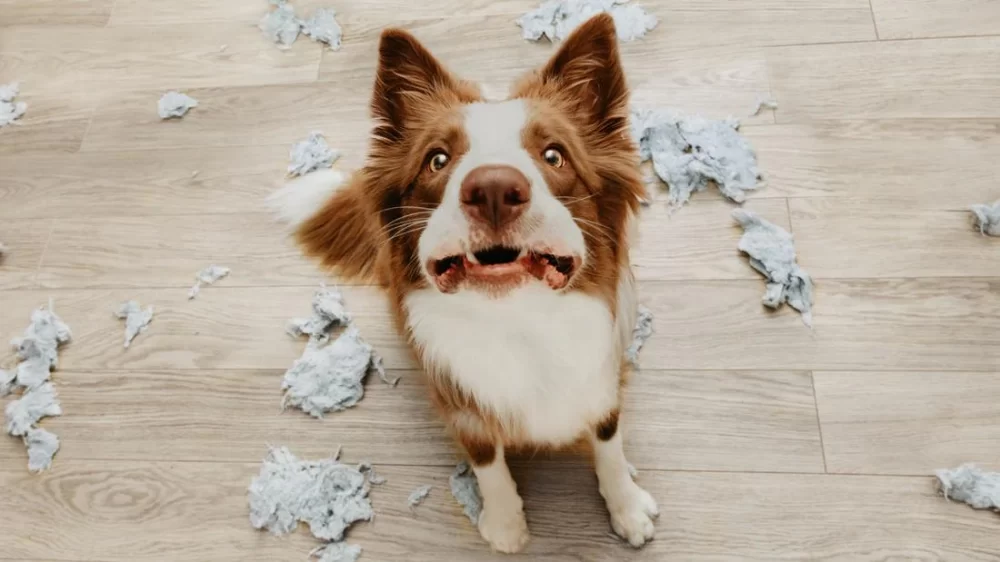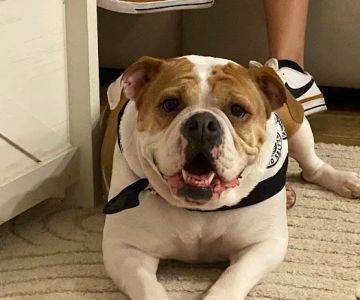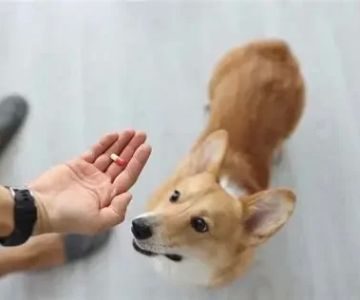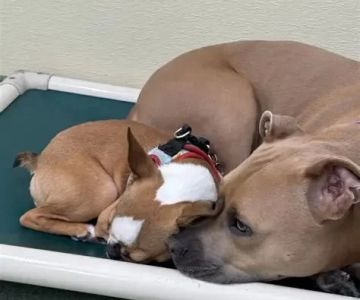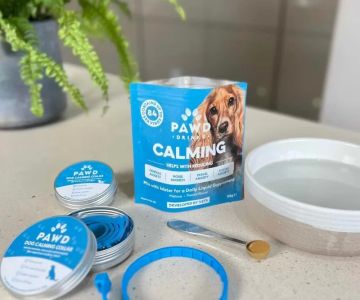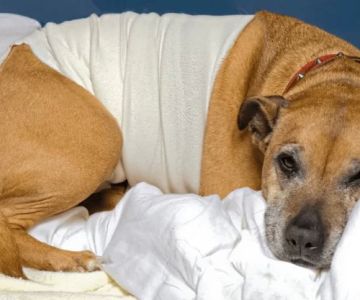Signs of Anxiety in Pets: How to Spot Them Early
As a pet owner, one of the most heart-wrenching things you can witness is your furry companion experiencing anxiety. Whether you have a dog, a cat, or even a rabbit, pets can suffer from stress and anxiety just like humans. In fact, many pets will go through phases of anxiety at some point in their lives, especially during significant changes in their environment or routine. The challenge, however, is recognizing the signs early, so you can take proactive steps to help them feel more at ease. In this article, I’ll share common signs of anxiety in pets and offer practical solutions on how to help them recover.
Behavioral Changes in Pets Showing Anxiety
Pets, especially dogs and cats, have unique ways of showing discomfort or distress. Sometimes, they can’t tell us what’s wrong, so it’s up to us to read their behaviors. Common signs of anxiety in pets include:
- Excessive barking or meowing: One of the most noticeable signs of anxiety in pets, particularly dogs, is excessive barking. If your dog suddenly starts barking at every little sound or person passing by, this could be a sign they are feeling anxious.
- Destructive behavior: Pets, especially dogs, may chew on furniture, shoes, or even their own paws when they are anxious. This kind of behavior is often a coping mechanism to deal with stress.
- Restlessness or pacing: An anxious pet might have difficulty sitting still. They may constantly pace around the house, unable to settle into a comfortable position.
- Hiding or withdrawing: Some pets, particularly cats, may seek isolation when feeling stressed. They might hide under furniture or retreat to a quiet corner of the house.
- Excessive licking or grooming: Pets may lick or groom themselves excessively when they are anxious. This can sometimes lead to skin irritations or hair loss.
Physical Symptoms of Anxiety in Pets
In addition to behavioral signs, pets may also exhibit physical symptoms of anxiety. If your pet suddenly starts showing any of these signs, it’s essential to address their needs immediately:
- Shaking or trembling: Just like humans, pets can experience physical reactions to anxiety. If your pet is shaking or trembling, especially when there is no physical cause (like cold weather), this could indicate anxiety.
- Panting or drooling: Dogs, in particular, may pant excessively or drool when they are anxious. This can happen during stressful events such as being left alone or facing loud noises.
- Changes in appetite: Anxiety can affect your pet’s appetite. Some pets may stop eating altogether, while others may overeat as a way to cope with stress.
- Heavy breathing or a racing heart: If you notice your pet’s breathing has become rapid or shallow, or if their heart rate increases, they may be experiencing anxiety.
What Causes Anxiety in Pets?
There are many factors that can contribute to a pet’s anxiety. Understanding the cause of their anxiety is the first step in finding the right solution. Here are some common triggers:
- Separation anxiety: Many pets, especially dogs, experience anxiety when left alone. They may become stressed when their owners leave the house, resulting in destructive behavior or excessive vocalizations.
- Environmental changes: Moving to a new home, introducing a new pet or family member, or even a change in routine can make pets feel uneasy.
- Loud noises: Thunderstorms, fireworks, or even the sound of a vacuum cleaner can trigger anxiety in pets, especially dogs. Some pets are more sensitive to noise than others.
- Health problems: Sometimes, anxiety in pets can be linked to underlying health conditions. If your pet is in pain or not feeling well, they may exhibit signs of stress or anxiety.
How to Help Your Pet with Anxiety
Once you’ve identified the signs of anxiety and the potential causes, the next step is to address it. Fortunately, there are several effective strategies you can use to help calm your anxious pet. Here are some methods I’ve personally used with my own pets:
1. Create a Safe Space for Your Pet
When your pet is feeling overwhelmed, it’s important to create a space where they can feel safe and secure. For dogs, this might mean a cozy crate or a quiet corner of the house where they can retreat. For cats, a high perch or a hiding spot can offer them a sense of security. Make sure this space is away from loud noises or distractions.
2. Use Calming Products
There are many calming products available that can help reduce anxiety in pets. These include pheromone diffusers, anxiety wraps, calming collars, and natural supplements like CBD oil or melatonin. For example, I’ve used a pheromone diffuser in my home, and it made a noticeable difference in my dog’s stress levels during thunderstorms.
3. Exercise and Playtime
Physical activity is a great way to help relieve anxiety. Regular exercise helps burn off excess energy and can improve your pet’s mood. For dogs, daily walks, runs, or playtime in the yard can be incredibly beneficial. Cats can also benefit from interactive toys that encourage movement and play.
4. Maintain a Consistent Routine
Pets thrive on routine. Keeping feeding times, walks, and bedtime consistent can help reduce anxiety. If your pet’s routine changes unexpectedly, try to ease them into the new schedule gradually. This will provide them with a sense of predictability and stability.
5. Consult with a Veterinarian
If your pet’s anxiety is severe or persistent, it’s important to consult with a veterinarian. They may recommend behavioral therapy, medications, or other treatments to help manage your pet’s anxiety. A veterinarian can provide professional guidance and ensure your pet’s well-being.
6. Training and Positive Reinforcement
Positive reinforcement training is a great way to help your pet feel more confident and less anxious. Rewarding calm behavior and teaching them new tricks or commands can help boost their self-esteem and create a stronger bond between you and your pet.
Final Thoughts
Dealing with an anxious pet can be challenging, but with the right approach and a lot of patience, you can help them feel more secure and comfortable. Remember to pay close attention to their behavior, create a calm environment, and seek professional help when necessary. By doing so, you can ensure that your pet lives a happy and stress-free life.

